No products in the cart.
On this page
EU requirements: Directive 94/11/EC (the “Labelling of Footwear Components Directive”) sets out requirements relating to the sale of materials used in the main components of footwear for sale to consumers in the EU. It sets out the rules for the labelling of footwear, including the content and form of the label, and responsibility for the labelling.
If you sell footwear covered by the Labelling of Footwear Components Directive, you shall ensure that they comply with its requirements. You must also consider obligations under REACH and if your footwear is designed to be worn by individuals to protect against one or more health and safety hazards, the PPE Regulation.
It is your responsibility to comply with the Labelling of Footwear Components Directive. You must also comply with any applicable national laws and regulations in Member States, which implement the Labelling of Footwear Components Directive.
Please see below for further information about EU requirements.
UK requirements: The UK’s Footwear (Indication of Composition) Labelling Regulations 1995/2489 (the “Labelling of Footwear Components Regulations”) set out requirements relating to the sale of materials used in the main components of footwear for sale to consumers in the UK. They set out the rules for the labelling of footwear, including the content and form of the label, and responsibility for the labelling.
If you sell products in the UK covered by the Labelling of Footwear Components Regulations, you must ensure that they comply with these requirements. You must also consider obligations under REACH, as retained and amended by UK law following Brexit, and if your footwear is designed to be worn by individuals to protect against one or more health and safety hazards, the PPE Regulations.
Different rules apply to goods you sell in:
- Great Britain (England, Scotland and Wales); and
- Northern Ireland
It is your responsibility to comply with the Labelling of Footwear Components Regulations and other applicable requirements if you sell footwear in the UK. If you also sell footwear on VegaVend EU website(s), you must also comply with any applicable national laws and regulations in Member States, which implement the Labelling of Footwear Components Directive.
Please see below for further information about UK Requirements.
This material is for informational purposes only -and it is not intended as legal advice. We encourage you to consult your legal counsel if you have any questions about the laws and regulations related to the footwear you sell. This material only reflects the position at the date of writing and requirements in the EU and the UK may change – particularly in light of the developing position with Brexit. You should refer to current UK Brexit guidance about your products (see below) to learn more about changes that may affect you following the end of the transition period.
EU Requirements
What footwear does the Labelling of Footwear Components Directive apply to?
The Labelling of Footwear Components Directive applies to footwear, which includes all articles with applied soles designed to protect or cover the foot, including the upper part, lining and sock, and the outer sole. Annex II sets out that “footwear may range from sandals with uppers consisting simply of adjustable laces or ribbons to thigh boots the uppers of which cover the leg and thigh.” Examples of footwear therefore include: flat or high-heeled shoes for ordinary indoor or outdoor wear, orthopaedic footwear, disposable footwear (with applied soles, generally designed to be used only once), ankle-boots, half-boots, knee-boots, and thigh boots.
There are some exclusions including second-hand footwear, certain protective footwear, and toy footwear.
What are the key obligations under the Labelling of Footwear Components Directive?
Footwear labelling must provide the consumer with information about three main parts of the footwear: the upper, the lining and sock, and the outer sole. This is done using pictograms or written indications in the official language(s) of the Member State in which the product is made available for sale or supply.
The relevant materials (leather, coated leather, textiles, and other materials) must also be indicated using pictograms or written indications in the official language(s) of the Member State in which the product is made available for sale or supply.
The above labelling requirements apply to material that constitutes at least 80 % of the surface area of the upper, and the lining and sock, of the footwear, and at least 80 % of the volume of the outer-sole. If no one material accounts for at least 80 %, information should be given on the two main materials used in the composition of the footwear.
The label must be affixed to at least one article of footwear in each pair, either by printing, sticking, embossing, or using an attached label.
The supply of the label and its accuracy is the responsibility of the manufacturer or their authorised agent if established in the EU. If neither the manufacturer nor their authorised agent is established in the EU, the person responsible for first making the footwear available for sale or supply in the EU is responsible. Retailers must ensure that footwear it sells has the required labelling.
Any other obligations?
Producers and distributors will also have obligations under the General Product Safety Directive (GPSD). Please refer to the information on the GPSD available on this page.
Additional Information
We strongly encourage you to visit the European Commission’s website for more information on the Labelling of Footwear Components Directive:
https://ec.europa.eu/growth/sectors/fashion/footwear/
UK Requirements
Where do the Labelling of Footwear Components Regulations apply?
The Labelling of Footwear Components Regulations apply to all products sold in the UK, but the provisions apply differently to Great Britain (England, Scotland and Wales, GB) and Northern Ireland. You can read more about the position in Northern Ireland (NI) below.
What footwear does the Labelling of Footwear Components Regulations apply to?
The Labelling of Footwear Components Regulations apply to footwear, which includes all articles with applied soles designed to protect or cover the foot, including the upper part, lining and sock, and the outer sole. Schedule 1 sets out that “footwear may range from sandals with uppers consisting simply of adjustable laces or ribbons to thigh boots the uppers of which cover the leg and thigh.” Examples of footwear therefore include: flat or high-heeled shoes for ordinary indoor or outdoor wear, orthopaedic footwear, disposable footwear (with applied soles, generally designed to be used only once), ankle-boots, half-boots, knee-boots, and thigh boots.
There are some exclusions including second-hand footwear, certain protective footwear, and toy footwear. From December 31, 2020, the Labelling of Footwear Components Regulation will be amended to exclude footwear covered by REACH.
What are the key obligations under the Labelling of Footwear Components Regulations?
Footwear labelling must provide the consumer with information about three main parts of the footwear: the upper, the lining and sock, and the outer sole. This is done using pictograms or written indications in English.
The relevant materials (leather, coated leather, textiles, and other materials) must also be indicated using pictograms or written indications in English.
The above labelling requirements apply to material that constitutes at least 80% of the surface area of the upper, and the lining and sock, of the footwear, and at least 80% of the volume of the outer-sole. If no one material accounts for at least 80%, information should be given on the two main materials used in the composition of the footwear.
The label must be affixed to at least one article of footwear in each pair, either by printing, sticking, embossing, or using an attached label.
The required labelling is the responsibility of:
- The manufacturer, or manufacturer’s authorised representative if you are established in the UK; or
- The manufacturer, or manufacturer’s authorised representative if you are established in the EU (at least until the end of the Brexit transition period, December 31, 2020); or
- if there is not a person under the above two points, then the first person to make the footwear available for sale or supply in GB(or the EU until the end of the Brexit transition period, December 31, 2020). This is assessed on a product-by-product basis.
- Note: products that are first made available in the EU or UK on or before December 31, 2020 can continue to circulate until they reach their end user and do not need to comply with the changes that take effect from January 1, 2021. You can retain evidence of when products were first made available in the UK or EU by keeping documents including contracts of sale, invoices and documents concerning the shipping of goods for distribution.
Northern Ireland
Please note that different rules will apply in NI from January 1, 2021 as a result of the Northern Ireland Protocol. In particular:
- You should ensure that products meet EU requirements.
- You will have labelling responsibilities if you are established in the EU or NI and you sell products from a country outside of the EU and Northern Ireland (including from GB) into NI.
- Authorised representatives can be based in NI or the EU. From July 16, 2021, new rules come into force under EU Regulation 2019/1020 and some businesses may need to appoint a responsible person in the EU or NI to carry out compliance functions (if there is no other entity in the supply chain who is able to carry out the functions). Further guidance on the new rules will be made available by the UK Government.
Any other obligations?
Producers and distributors will also have obligations under the General Product Safety Regulations (GPSR). Please refer to the information on the GPSR available on this page.
BREXIT: UK Government Guidance
The UK Government has released guidance on the labelling of footwear components in the UK from January 1, 2021.
We encourage you to review this guidance (linked below), alongside any other specific UK Government Guidance that applies to your product. You should consult your legal counsel if you have questions about how the laws and regulations apply to your products from January 1, 2021.
Additional Information
We strongly encourage you to review information provided by the UK Government’s Department for Business, Energy & Industrial Strategy, see:
We also encourage you to visit the Business Companion website, which contains guidance on UK product compliance rules.
Last updated: 2 March 2024

